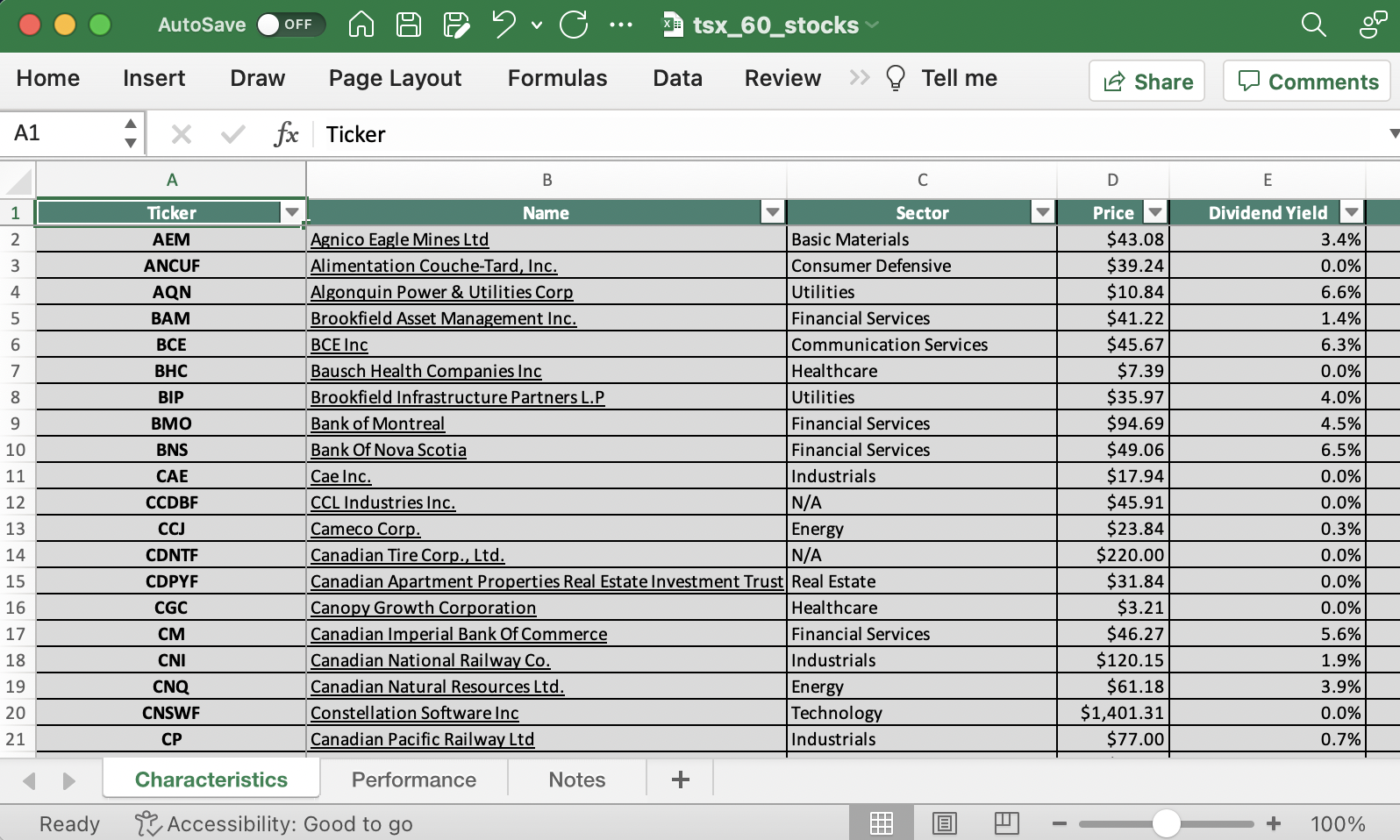Once we discuss inventory returns, most individuals assume that particular person shares ought to yield optimistic returns. That’s as a result of the inventory market has traditionally outperformed different asset courses like bonds. However surprisingly, the median month-to-month return for a big pattern of particular person shares is — drumroll, please – zero. That’s proper. A examine performed by Henric Bessembinder and printed within the Monetary Analysts Journal in April 2023 discovered that on a month-to-month foundation, particular person shares generate returns centered round zero. The truth is, this paints a “half-full, half-empty” situation. Half the shares produce optimistic returns, whereas the opposite half have detrimental returns.
As an investor or advisor, how do you and your purchasers react to this? If this zero-median return statistic had been the one manner to take a look at inventory efficiency, it could be onerous to justify investing in shares in any respect. Convincing purchasers to spend money on equities could be an uphill battle, particularly in the event that they’re searching for short-term good points.
Volatility
The truth is, there are various methods to guage inventory returns past simply specializing in median month-to-month efficiency. One widespread strategy is to measure inventory returns by way of volatility. Volatility refers to how a lot a inventory’s value fluctuates, and it’s typically measured utilizing commonplace deviation. On common, the annual commonplace deviation for inventory returns is about 50%, which implies that the worth of a person inventory can swing wildly all year long. If we apply the 95% confidence interval typically utilized in statistics, this means that a person inventory’s return may range by roughly +/- 100% in a given yr. That is enormous. Basically, a person inventory may double or lose all its worth inside 12 months.
This degree of uncertainty could make shares appear daunting, particularly for these on the lookout for stability. The concept that particular person shares are a “half-full, half-empty” proposition month-to-month, and are much more risky yearly, can scare away potential buyers. Nevertheless it’s vital to do not forget that shares are primarily meant to be long-term investments.
The short-term ups and downs, whereas nerve-wracking, are a part of the journey towards long-term wealth creation.
So, what occurs once we shift our focus to long-term particular person inventory returns? Shouldn’t we count on extra consistency over time? Bessembinder additionally checked out long-term inventory efficiency, and the findings weren’t precisely comforting. Over the long term, 55% of US shares underperformed US Treasury Invoice returns, which means that greater than half of particular person shares did worse than the most secure government-backed investments. Maybe much more alarming is the truth that the commonest final result for particular person shares was a 100% loss — full failure. These findings counsel that investing in particular person shares is a high-risk endeavor, even when taking a long-term strategy.
Sometimes, when buyers and monetary analysts assess inventory efficiency, they concentrate on two key statistical measures: central worth (such because the imply or median return) and volatility (as measured by commonplace deviation). This conventional technique of study typically results in a detrimental or a minimum of discouraging narrative about investing in particular person shares.
If returns are largely zero within the quick time period, extremely risky within the medium time period, and dangerous in the long run, why would anybody spend money on shares?
The reply, as historical past exhibits, is that regardless of these challenges, shares have considerably outperformed different asset courses like bonds and money over prolonged durations. However to really perceive why, we have to look past the everyday first two parameters utilized in analyzing inventory returns.
The Third Parameter for Assessing Inventory Efficiency: Constructive Skew
Whereas conventional evaluation focuses closely on the primary two parameters — central worth and volatility — it misses an important part of inventory returns: optimistic skew. Constructive skew is the third parameter of inventory return distribution, and it’s key to explaining why shares have traditionally outperformed different investments. If we solely concentrate on central worth and volatility, we’re primarily assuming that inventory returns observe a traditional distribution, much like a bell curve. This assumption works properly for a lot of pure phenomena, but it surely doesn’t apply to inventory returns.
Why not? As a result of inventory returns are usually not ruled by pure legal guidelines; they’re pushed by the actions of human beings, who are sometimes irrational and pushed by feelings. Not like pure occasions that observe predictable patterns, inventory costs are the results of advanced human behaviors — concern, greed, hypothesis, optimism, and panic. This emotional backdrop implies that inventory costs can shoot up dramatically when crowds get carried away however can solely drop to a restrict of -100% (when a inventory loses all its worth). That is what creates a optimistic skew in inventory returns.
In easy phrases, whereas the draw back for any inventory is capped at a 100% loss, the upside is theoretically limitless. An investor would possibly lose all their cash on one inventory, however one other inventory may skyrocket, gaining 200%, 500%, or much more.
It’s this asymmetry in returns –the truth that the good points can far exceed the losses — that generates optimistic skew.
This skew, mixed with the magic of multi-period compounding, explains a lot of the long-term worth of investing in shares.
Be taught to Tolerate Tail Occasions
If you happen to look at inventory return distributions, you’ll discover that the long-term worth from investing available in the market comes primarily from tail occasions. These are the uncommon however excessive outcomes that happen at each ends of the distribution. The lengthy, optimistic tail is what produces the outsized returns that greater than make up for the smaller, frequent losses. For shares to have generated the excessive returns we’ve seen traditionally, the massive optimistic tail occasions will need to have outweighed the massive detrimental ones.
The extra positively skewed the return distribution, the upper the long-term returns.
This would possibly sound counterintuitive at first, particularly when conventional portfolio administration methods concentrate on eliminating volatility. Portfolio building discussions typically focus on learn how to easy out the trip by lowering publicity to excessive occasions, each optimistic and detrimental.
The objective is to create a more-predictable and less-volatile return stream, which might really feel safer for buyers. Nevertheless, in avoiding these unnerving tail occasions, buyers get rid of each the large losses and the large good points. This reduces optimistic skew and, consequently, dramatically reduces general returns.
The Hidden Value of Managed Fairness
A typical “Managed Fairness” technique eliminates all inventory losses (no returns lower than zero) whereas capping upside returns. For instance, a widely known funding firm gives a managed S&P 500 fund that avoids all annual losses whereas limiting returns to lower than 7%. Since it’s just about unimaginable to foretell every day returns, this return feat is achieved by merely holding a zero value S&P 500 choices collar. During the last 40+ years, when the S&P 500 generated greater than 11% yearly, this technique would have yielded a meager 4% annual return.
In different phrases, avoiding emotional tail occasions means you miss out on the very returns which are the foremost drivers of long-term wealth creation. Buyers who focus an excessive amount of on smoothing returns find yourself with extra constant however dramatically decrease returns over time.
To actually profit from inventory investing, it’s essential to embrace each the feelings and the rewards that include optimistic skew. This implies studying to dwell with tail occasions. They might be uncomfortable once they happen, however they’re an integral a part of long-term success within the inventory market.
Essentially the most profitable buyers acknowledge this and settle for that volatility and tail occasions which are merely unavoidable are essential for reaching excessive returns. By studying to understand optimistic skew and its related tail occasions, buyers can unlock the total potential of inventory market good points.
Be taught to like, not concern the skew.
















